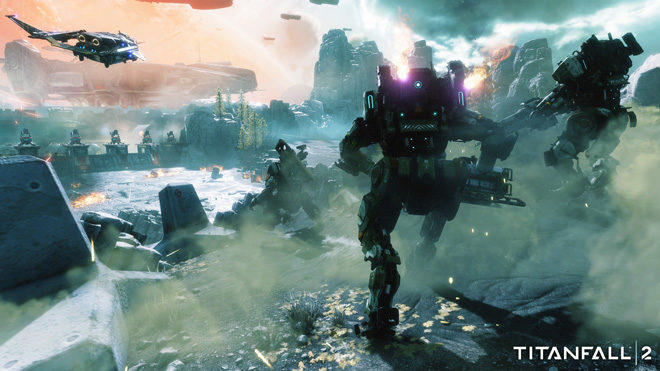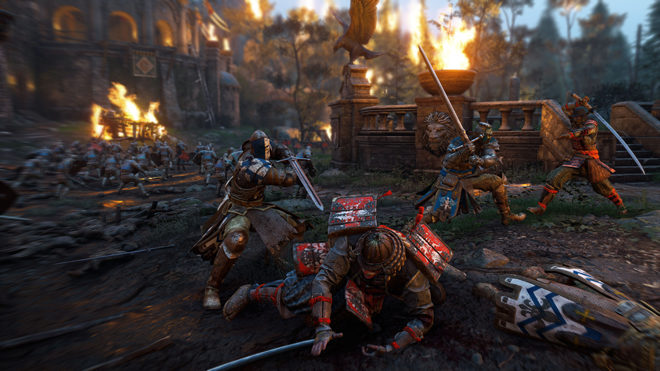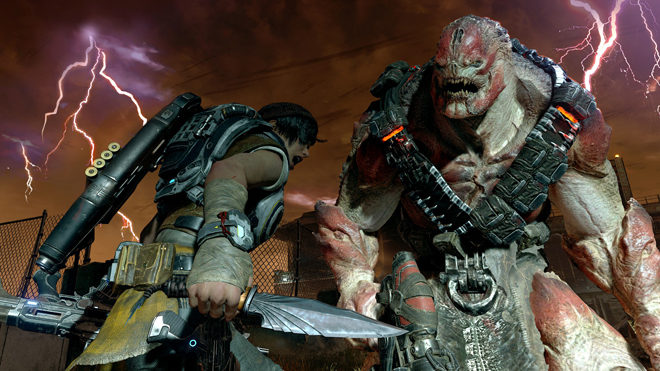Cognition Dissemination: The Importance of Single-Player Experiences
It was shortly before the last console generation began in earnest when Raph Coster, then of Sony Online Entertainment, made a grandiose claim about changes that would occur with how we play video games. With online infrastructure being important in then-new consoles, he made the bold proclamation that single-player games would eventually evaporate. After all, why bother playing games by yourself when you could play with friends and others easily through online connectivity? It’s why he used strong words to describe how they would disappear, because they were “unnatural and abnormal.” You don’t need me to tell you his words set off a firestorm across various gaming message boards.
But you also don’t need me to tell you he was wrong in his presumption, something even he has acknowledged these days. It’s been over a decade since he made that post, and single-player games are still alive and well. In fact, developers have come to realize how important having a single-player campaign is, despite some previously feeling their multiplayer-only games were enough. There are two recent examples that represent this phenomenon well worth highlighting, both of which are games on the near horizon.
Multiplayer-only games seemed like they would become a trend at the beginning of this generation, as first represented by Titanfall. It was a brand new property from EA and Respawn Entertainment advertised as one of the Xbox One’s first flagship titles when it released in early 2014, though it also hit PC and 360. This multiplayer-only first-person mech shooter focused on multiple players either competing with each other or trying to take one another down online. While a sizable audience enjoyed it, others intrigued by the concept of a first-person mech shooter who weren’t interested in multiplayer were left in the cold.
Fortunately, EA felt that was a significant audience, and granted their wish with Titanfall 2. While multiplayer is still part of the focus, which has received enhancements after feedback was taken from the first game and this title’s beta session, it will have a single-player campaign that focuses on the relationship between humans and their titans. Don’t expect the story to have the deep intrigue or drama of mech anime, or even western works like Pacific Rim, but it should be worth a damn given the level of focus they’ve placed on it through marketing. Please note that “should” is not synonymous with “will,” but expect something better than the throwaway campaigns added to flagship shooters like recent Call of Duty or Battlefield installments.
We’ll be able to get a better impression of this as its October 28th release date approaches, with a PlayStation 4 version joining the XB1 and PC ports this time.
When For Honor was announced at E3 2015, it was promoted as Ubisoft’s newest multiplayer venture, alongside Ghost Recon: Wildlands. It takes place in a medieval universe, and lets players take on the roles of medieval knights, samurais, and Vikings, all of which skirmish across multiple lands. Its multiplayer modes were discussed to the point where it didn’t seem like it would have any kind of single-player initially; or if it did, it would simply have bots taking the place of humans.
However, that’s not the case according to a new interview, though the above comments are exactly what they expected people would think when first mentioning the single-player campaign. Creative director Jason VandenBerghe explained that it will be a cinematic adventure where players will control a Warden, Raider, and Orochi through three different regions. He claimed the developers want people to be satisfied with never having to go online, though I’m sure they wouldn’t mind if people eventually drifted to the multiplayer, since it’s bound to be packed with microtransactions. They’ll have to do some serious promotion to convince people the single-player will be worthwhile, which we should see as its February date approaches.
Other developers also had to learn a tough lesson to regarding implementing single-player features in their games. This also applies to fighting games, as Capcom learned with Street Fighter V. It often feels like the audience that enjoys fighting games for their online offerings is the biggest, because they’re loud; but we discovered how loud the audience that enjoys the solo modes can be earlier this year. Capcom somewhat addressed this with the Cinematic Story Mode, but also added an option to simply fight the AI in Versus Mode in a recent update. They should strongly consider adding a full Arcade Mode with the second season, alongside a new chapter to the story mode, given how much fans liked it.
These examples show that anyone who thought single-player experiences would evaporate with our persistent online connectivity was incorrect. Plenty of us still enjoy playing by ourselves, while occasionally indulging with more social activities, and things are bound to remain like this for a while longer.








